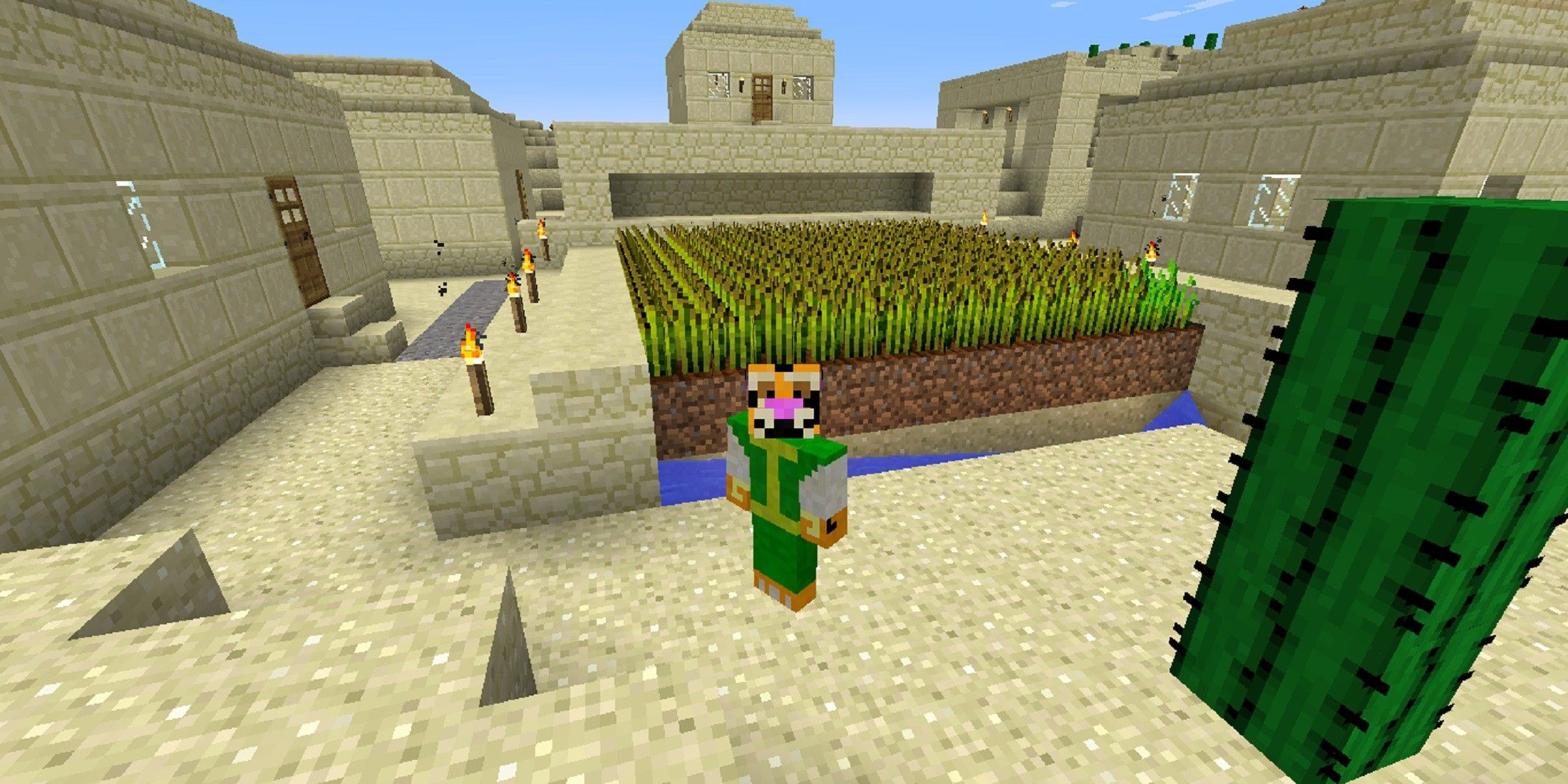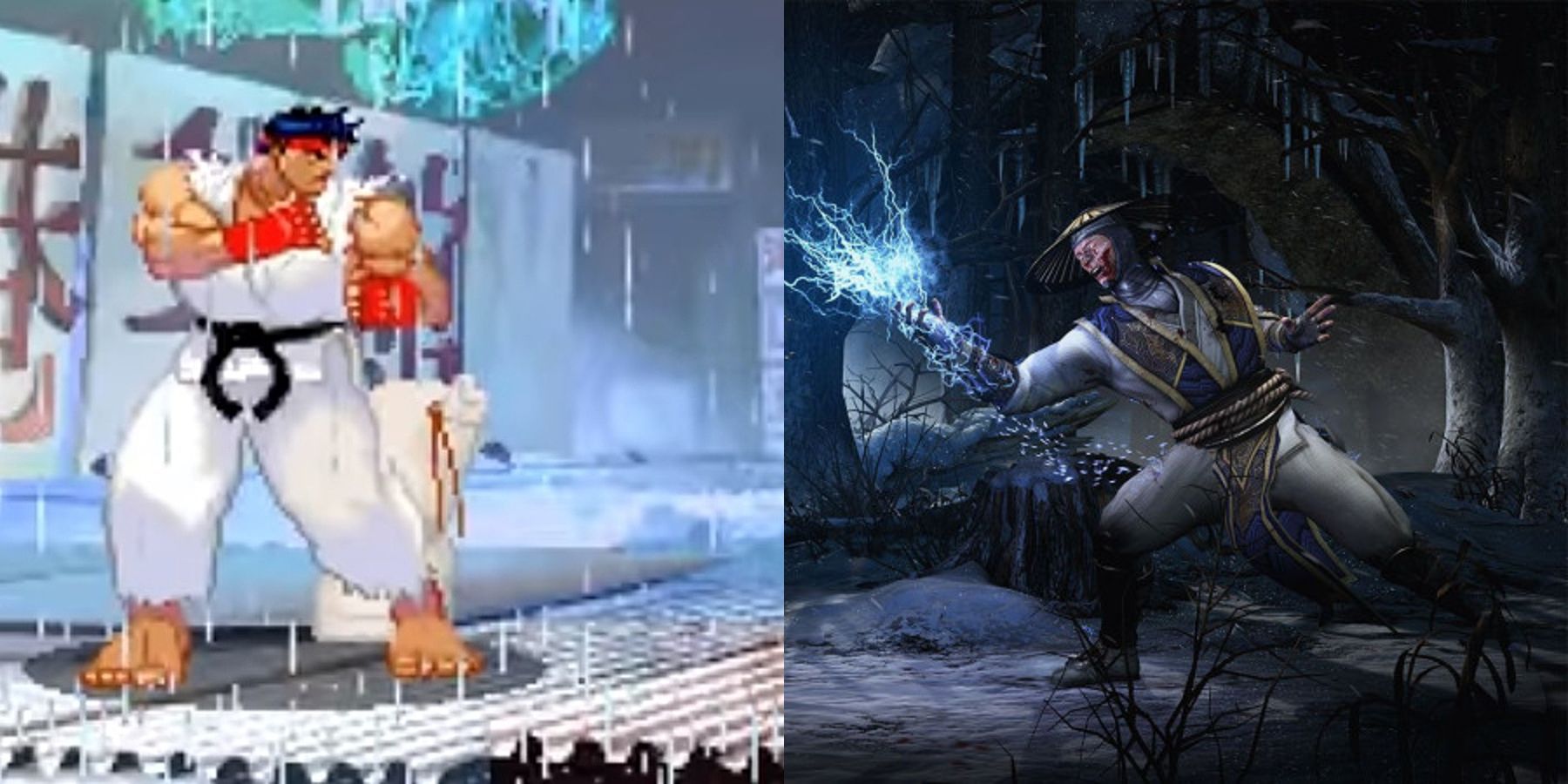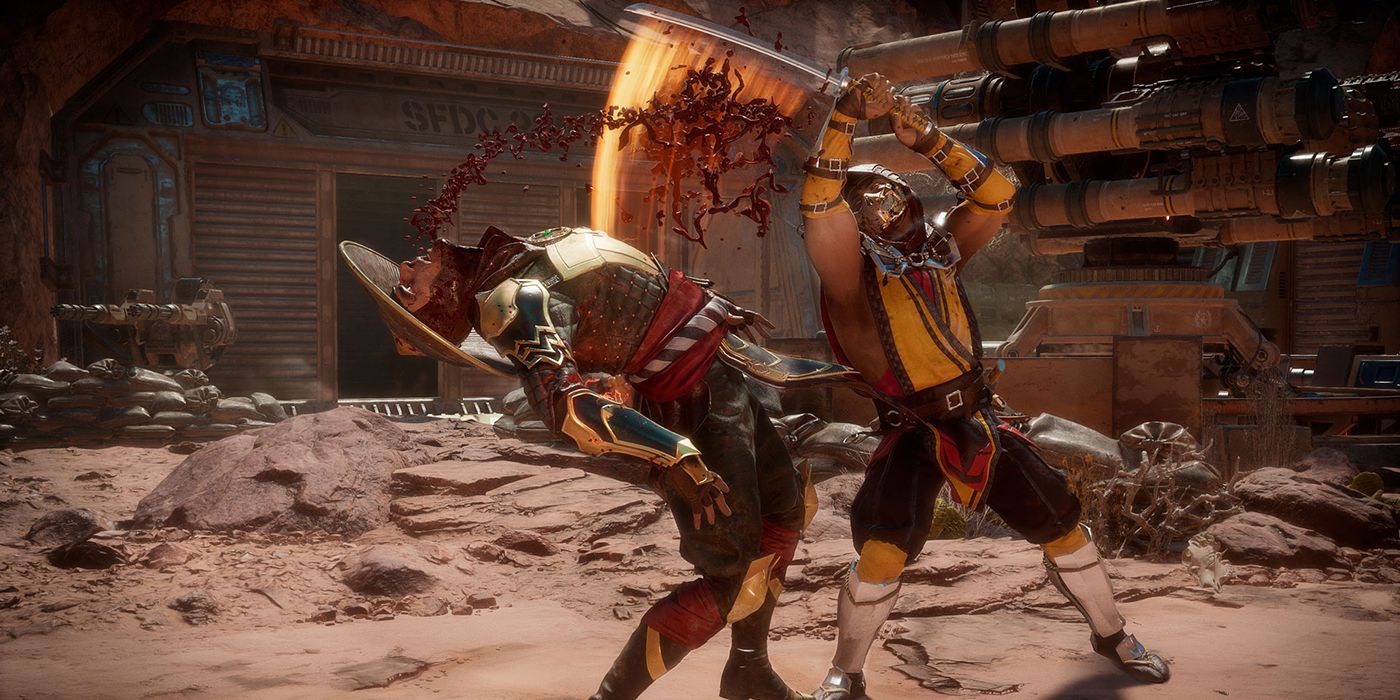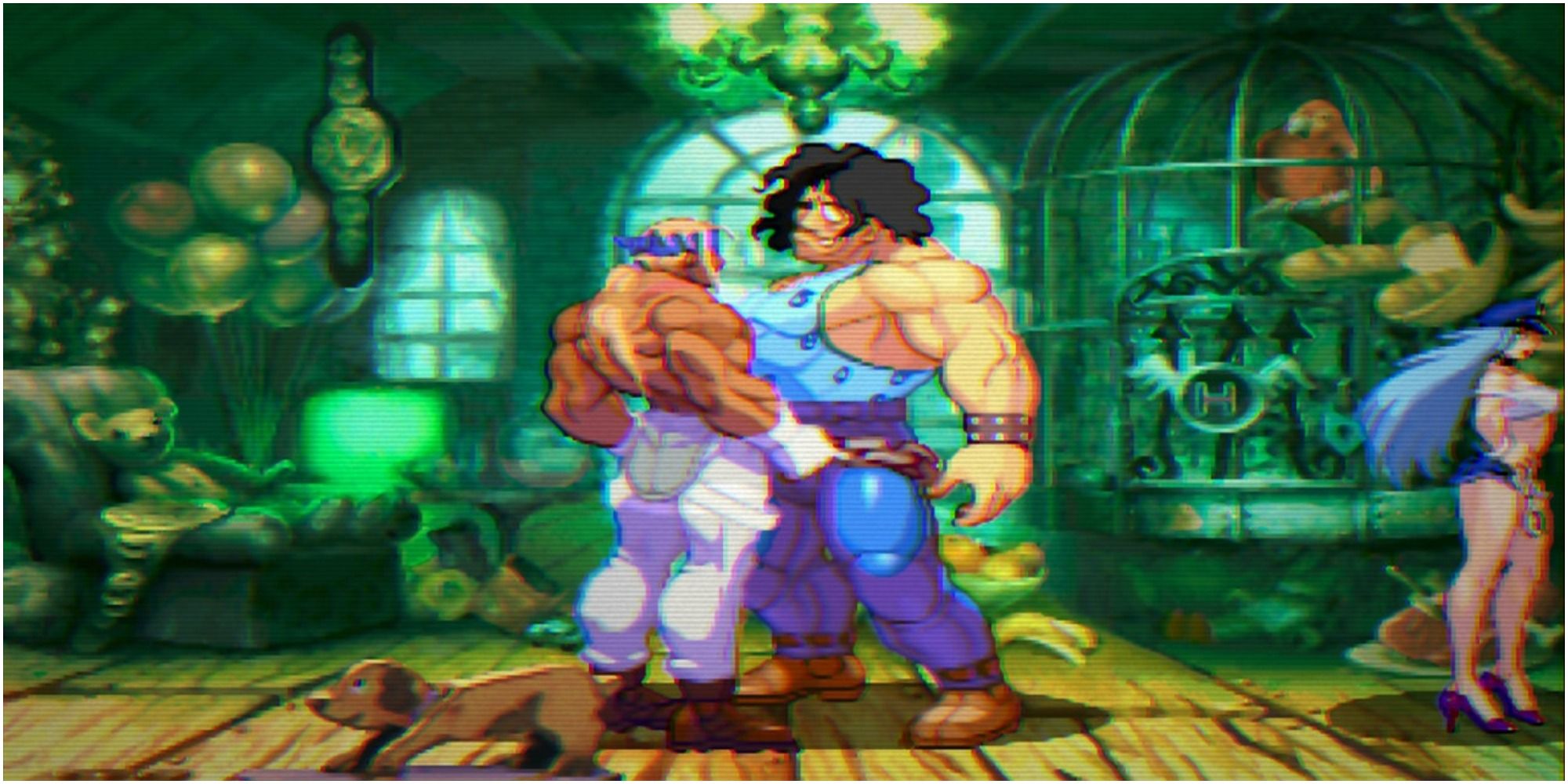Fighting games have gotten more accessible in the past five years: Mechanics are simpler, inputs are less complicated, and rosters have shrunk so there are fewer matchups to learn. It has never been a better time to hop into a fighting game, and the genre has arguably not been this open to a casual audience since 2008's Street Fighter 4.
Many modern fighting games are more accessible due to focusing on “fair” or balanced gameplay. Hit and hurt boxes are finely tuned, animations are tweaked to a specific number of frames per second, and attacks are selected to fit a character’s play style. Gameplay is tightened to practically being sealed shut, which has the potential side effect of decreasing variety and not allowing any random or unfair outcomes to permeate the game.
Tight Gameplay in Fighting Games
When describing many fighting games today, "tight” gameplay can be best understood as an extension of responsive controls with little-to-no lag between the button press or release and an on-screen response. In other words, mechanics work as intended when the player intend them to nearly 100 percent of the time. It seems like tight gameplay would be desired for any fighting game, and that’s usually true. No one wants a whole game where mechanics have only a chance of working as intended. Such an occurrence would result in the player feeling a lack of control, missing the point of a genre built around learning and growth.
However, for fighting games there are a lot of variables that need to be taken into consideration when designing attacks and movement. Each needs to have a certain outcome, sometimes regardless of the surrounding circumstances. If a player jumps, that action should occur regardless of what’s happening around the player, even if they’re about to be hit by an opponent. Only a specific states such as a hit or block stun should supersede this priority, and even those states can be overridden or canceled by other mechanics.
When striving to have tight gameplay with balanced abilities, many developers adjust values is to circumvent the issue. Whether it be to improve a character or deal with extraneous issues like glitches, developers can tweak a hit box or some other aspect, that way it’s no longer an issue. An example of this is Cryomancer Sub-Zero's throw at the end of his Cold Blooded combo in Mortal Kombat X, in which the original version was turned into a command throw instead.
Add these up over time, and it may remove a lot of options the player had. For example, a game like Guilty Gear used to allow players to cancel normal attacks into any other normal attack. Sometimes the attacks would combo together, and sometimes they wouldn’t. In order to guarantee linkable normal attacks would always result in a combo, normal attacks that could cancel other attacks out were removed. That’s tight gameplay, as the player will always get a combo they want, but comes at the expense of variety.
Loose Gameplay in Fighting Games
Fighting games of the past often used what is now called loose gameplay in which the mechanics weren't as polished or tight. That’s not to say that these games were messy, though a lot of them did have weird glitches or odd-looking outcomes to inputs like the throw range for Zangief’s Spinning Pile Driver attack in Street Fighter 2. More specifically, perhaps a kick would go through an opponent’s head right before they ducked, as it did not register a hit when the hurt box shifted.
This creates a series of unknown outcomes, as something being too predictable can lead to fewer possibilities that would arguably be more fun to include. It’s a different set of priorities. Street Fighter 3 Third Strike is often seen as one of the greatest fighting games of all time despite being completely broken, especially at a professional level. It’s the reason why the same "best" characters are often used at tournaments, as something that character has is highly exploitable in some way.
However, Third Strike is a game built on “unanswerables,” as designer Shinichiro Obada calls them, as there’s always the possibility of something unexpected overcoming that pre-existing knowledge. Obada has described this approach as designing the game to not have fixed answers, no best tactic, and no perfect approach. This kind of possibility allows players to approach characters in different ways, which opens up more self-expression in how the overall fighting game is played. It makes the game more immersive and personable for a lot of players compared to the rigid structure of a "tight" design.
Those who like fighting games often didn't get into them because the genre was balanced or fair, or even because they understood everything about it right away. A lot of fun in fighting games comes from discovering what players can do, and a game can feel less distinct and fun if the mechanics are too constrained. Simplicity and balanced gameplay is great for newcomers, but creativity and options are what keep hardcore fans coming back. Tight gameplay does have a place in the fighting games space, but it often comes with the consequence of removed variables. If modern fighting game developers could add some fun, unknown variables while solidifying the known ones, it could create more inviting and expressive games.






